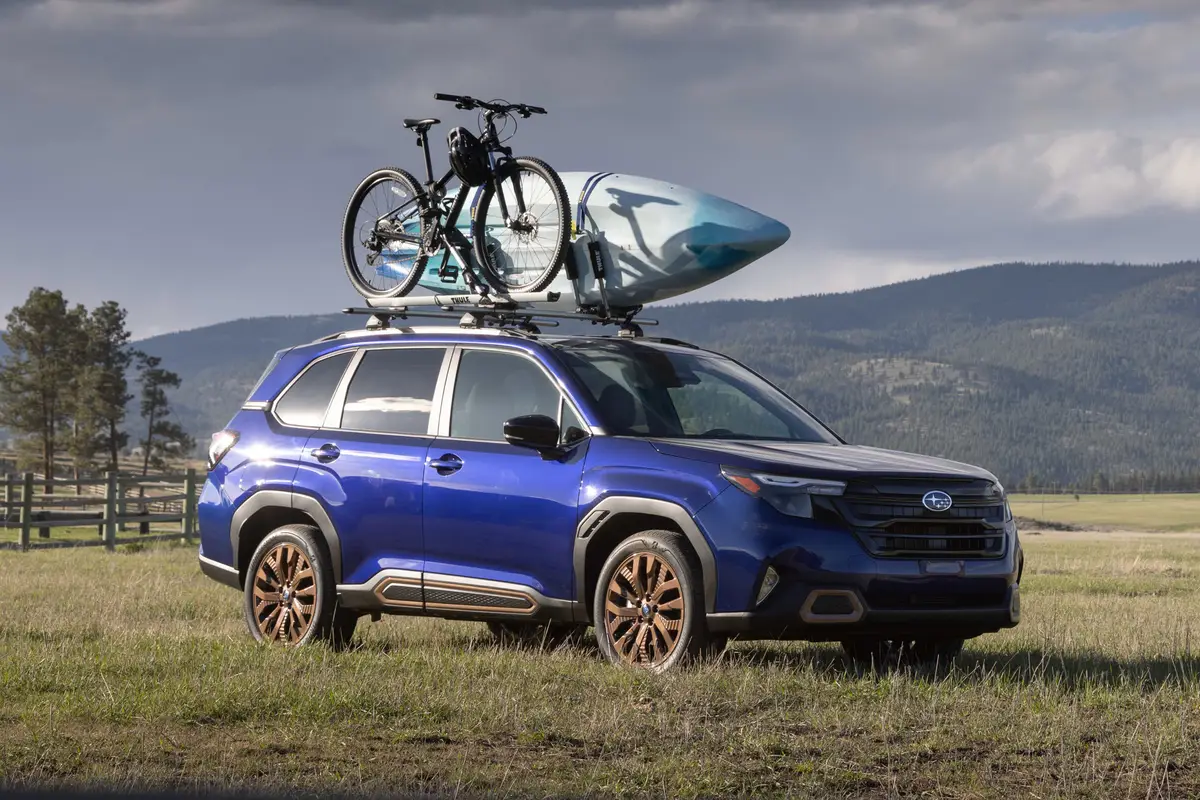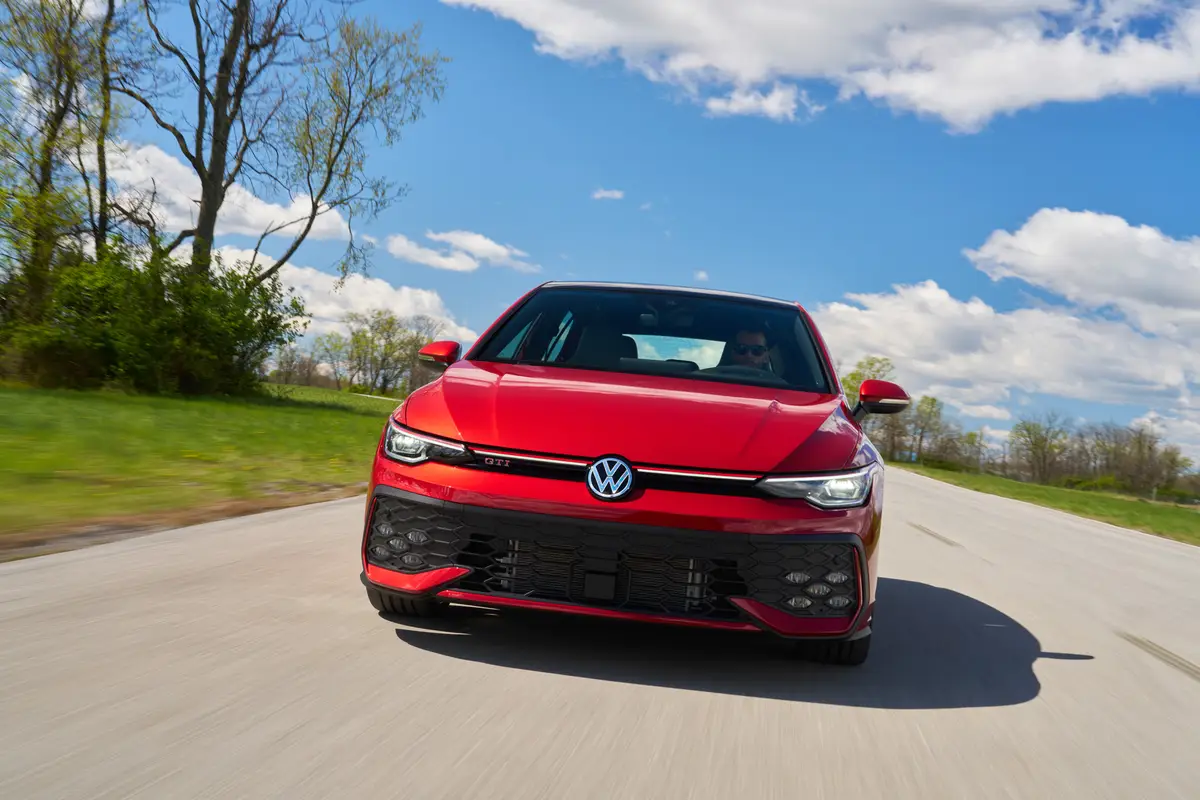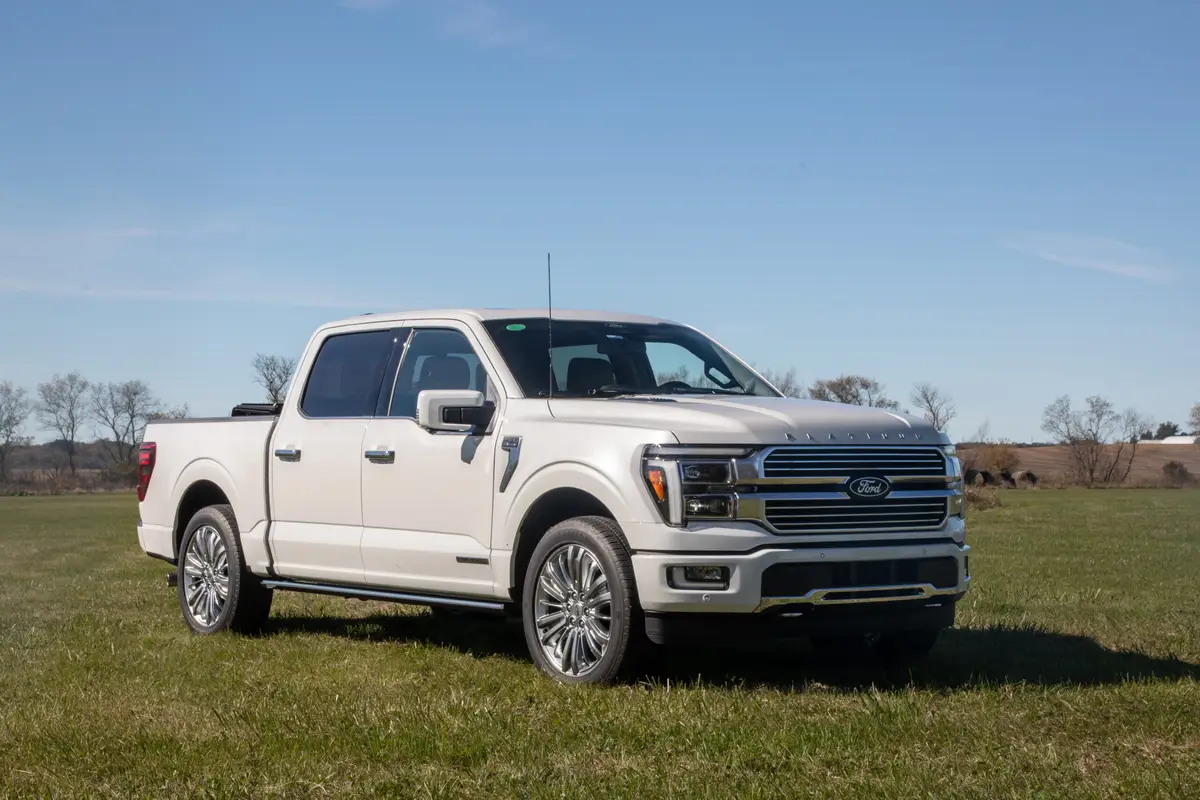Boston.com's view
I have always placed one Jaguar above all others: the 1956 Jaguar XKSS, once owned by Steve McQueen. Called the “Green Rat,” it is a work of art that remains fast even by today’s standards, a 165-mph, $2 million to $2.5 million rodent.
In the interest of delaying encroaching old-fogeyism, I’ll add a modern fast cat to the list: the 2007 Jaguar XKR that is about to leave my driveway. This is the best combination of Jaguar’s sport, elegance, power, and art I have ever driven.
Forget lingering too fondly on the lines of classic Jaguars. Yes, you certainly know by looking that this is a Jaguar XK of some sort. But its sloping hood, bulging front and rear fenders, and sleek roof line are more of the Aston Martin look than the Jaguar of old. That’s a good thing because it avoids what I think was the mistake Jaguar made in the last remakes of its sedans: too much appeal to already loyal fans, not enough to potential new buyers.
Of course, it is necessary to please the loyalists, but I’m told by a Jaguar executive that the loyalists will be in for a shock when the next lineup of sedans is introduced: It will more accurately reflect the modern, muscular presence of this XKR than it will the old Jags.
Today’s test car is different from the vibrant new XK in what are, at first, subtle differences. The upper and lower grilles are bigger to better feed the supercharger lurking beneath the hood. The aluminum mesh that covers the grilles is duplicated on openings below the beady, deep-set fog lamps in the outer bumper. There are twinned aluminum openings in the hood, the exterior trim is aluminum — aluminum “gills” sit behind each front wheel well, twin exhausts extend beneath both sides of the rear bumper, and a small “R” badge is attached aft. “R” black brake calipers also set the XKR apart.
Inside, “R” badges here and there compliment an aluminum “weave” treatment on the dash and in other spots where you might expect wood (burl is also an option). Further, the seats are more fully and firmly bolstered.
Fine stitching edges seat leather that seems rugged yet supple. Even as driver and passenger sit low in firmly gripping seats, the dash, too, seems to rest low, giving great vision out and over the hood. Of particular note is a standard DVD/navigation/audio/climate screen that is easy to use. It’s one-touch, intuitive, and — should you find yourself lost in electronic possibilities — a “home” button cleans up the mess and let’s you reconfigure.
But these are all bangles. How about the bang?
It has a supercharged, intercooled, 4.2-liter V-8 engine, with 420 horsepower and 413 lb.-ft. of torque. The power plant is all about grace under the firing of those eight cylinders and it does it with steady power and incredible quickness (0 to 60 miles per hour in 4.9 seconds).
There is no manual transmission available, but the XKR does come with a superb six-speed automatic that features three modes: normal for smooth cruising in day-to-day travels; sport, which holds onto gears up to near redline before shifting up, and downshifts with an intuitive racing “blip” of the gas with each downshift; and manumatic, which allows the driver to do the shifting without intruding.
Surprisingly, despite its ability to move from a standing start, I was more impressed by its ability to launch itself even when already at speed. Pulling out to pass at 60 miles an hour was a head-back-in-the-seat moment, all to the tune of a once-quiet exhaust gone raucous.
That’s another nice feature of this car. What Jag calls an “Active Exhaust” system monitors throttle and rpms and, if you’re cruising sedately, sounds like a gentle cruiser. Stomp the gas, however, and air flow changes in the exhaust and a muscle-car roar comes from the quad pipes.
Handling is as wicked as you want to make it. Full electronic stability control will still let you wiggle the butt shooting out from lower speeds; intermediate allows that and even some slightly-over-the-edge maneuvers in hard, fast cornering; and “off” means you’d best have been to a racing school somewhere.
Upfront space is plentiful for even the leggiest pilot. Rear seats are best left for tiny tots or treated as finely upholstered cargo spaces. Surprising space exists beneath the rear hatch where flat luggage can be arranged in bounty.
So yes, the XKR goes to the top of my list. And if you think $87,000 to $92,000 — convertible is the high end — is a lot, consider that could buy about 25 of these for what the other Jag on my top perch might cost.
Royal Ford can be reached at ford@globe.com.
Latest news



